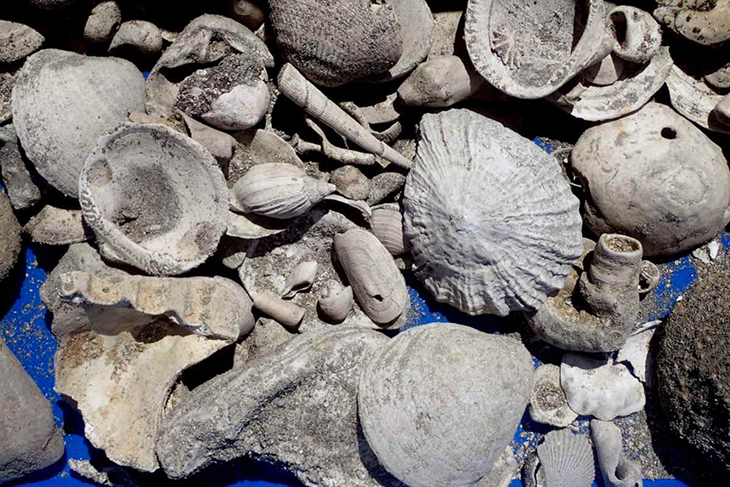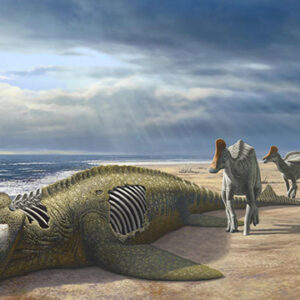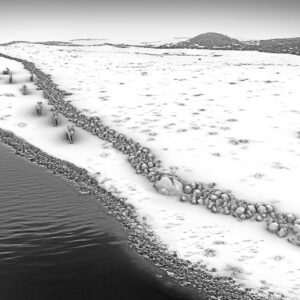
An incredible discovery was made in a surprising twist during the excavation of two massive vertical shafts for the upgrade of Auckland’s raw sewage pipeline.
Buried deep beneath the earth, a treasure trove of 300,000 individual lifeforms, representing 266 different species, fossilized over three million years ago, emerged. This unprecedented find promises to provide the most extensive understanding of New Zealand’s native marine fauna in its entire history.
In fact, New Zealand paleontologist, Bruce Hayward, likened it to “finding gold right on your doorstep – a once-in-a-lifetime find.”
A new research paper, stemming from this incredible discovery, has unveiled the existence of ten previously unknown species, redefining our knowledge of this unique ecosystem.
Among these incredible findings, a staggering 182 different mollusk species were meticulously documented. Notably, the excavation unearthed the oldest known member of the genera encompassing the renowned New Zealand flax snail, an essential addition to the annals of paleontology.
Moreover, the discovery marked the first-ever fossil records of ostracods, a group of tiny aquatic crustaceans often referred to as ‘seed shrimps’ in New Zealand. Five distinct species of these elusive organisms were identified, shedding light on their prehistoric existence. The excavation also provided the earliest record of a common coral species, enriching our understanding of the evolution of marine life in the region.
Intriguingly, the findings did not stop at smaller creatures. The excavation also yielded an assortment of marine treasures, including teeth from the awe-inspiring great white shark, dental plates from the majestic eagle ray, a formidable sperm whale tooth, and even bones from the enigmatic saw shark. These remnants from the past offer valuable insights into the diversity of marine life that once thrived in the region.
Watercare, the excavation company responsible for the pipeline project, demonstrated a remarkable commitment to scientific discovery. When the ancient marine fossils were uncovered, they eagerly collaborated with paleontologists to extract as many specimens as possible, creating a sand-covered tableau of prehistoric life in a nearby field.
This extraordinary cooperation extended to funding two dedicated paleontology graduate students who undertook the demanding task of sifting through the sand, meticulously locating, cleaning, and sorting the invaluable specimens.
Under the expert supervision of Dr. Wilma Blom, a curator to the Auckland Museum, this dedicated team of researchers and students embarked on a meticulous process that took weeks to complete. The attention to detail and commitment displayed by these individuals ensured that every fossil was treated with the care and respect it deserved.
“Detailed identification of the fossils shows that they were deposited between 3 and 3.7 million years ago in a subtidal channel in an early version of the modern Manukau Harbor,” said Dr. Hayward.
“At that time, sea level was slightly higher than it is today as the world was also several degrees warmer than now. As a result, the fossils include a number of subtropical species, whose relatives today live in the warmer waters around the Kermadec and Norfolk islands. At least ten previously unknown species are present and will be described and named in future work,” he adds.
He also shares that this ancient marine channel brought sea creatures and their remains together from both tropical waters and colder climates.
One of the most fascinating aspects of this discovery is the realization that this ancient marine channel served as a convergence point for sea creatures from both tropical waters and colder climates. This suggests that New Zealand’s marine ecosystem has a rich and complex history that extends back millions of years. The fossil record offers a rare opportunity to study how these species coexisted and adapted to changing environmental conditions.
What are your thoughts? Please comment below and share this news!
True Activist / Report a typo


